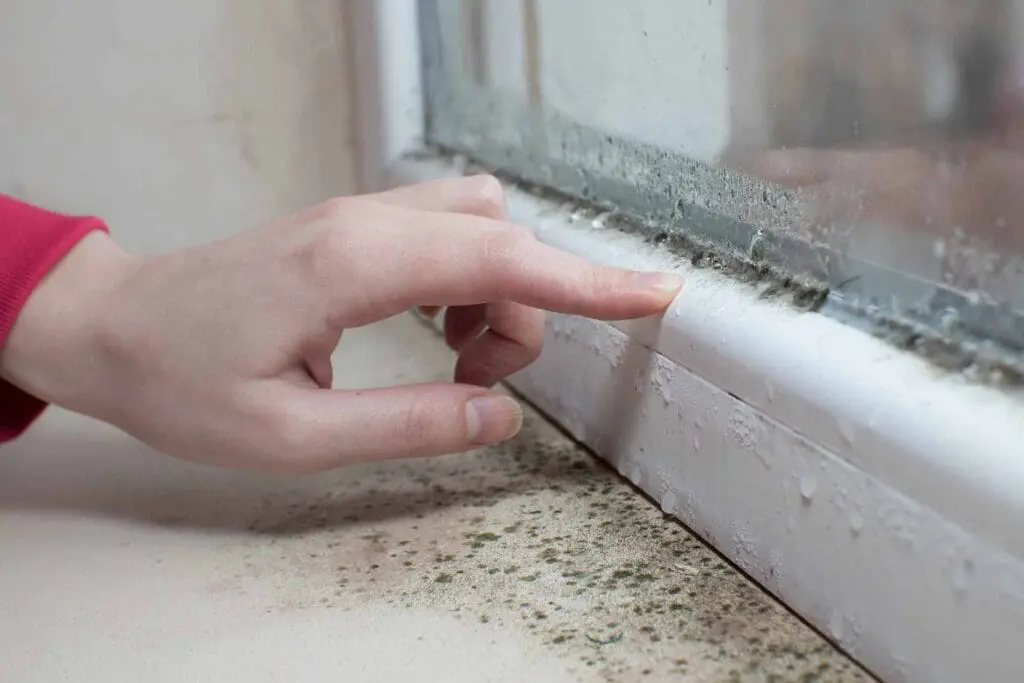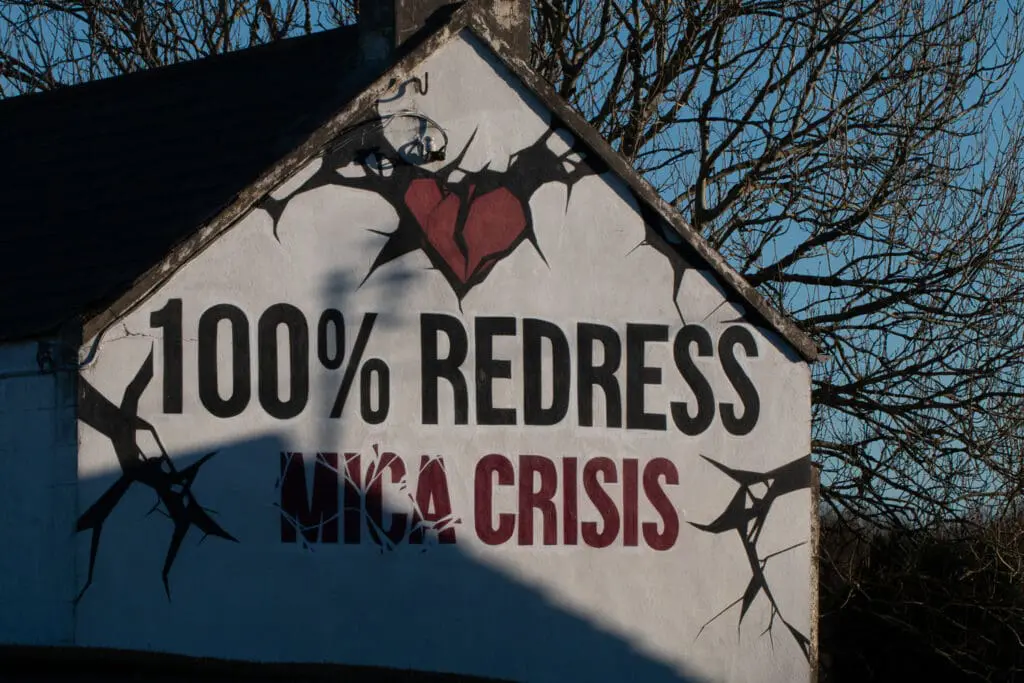Cracking in external walls
The most common and visible sign is the appearance of cracks in exterior walls. Cracks can vary in size and often run horizontally, vertically, or in a stepped pattern. Over time, they may grow larger or increase in number.


